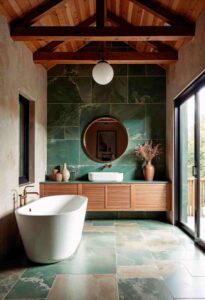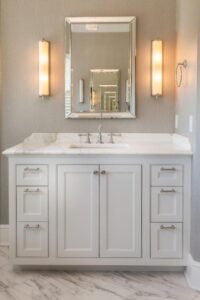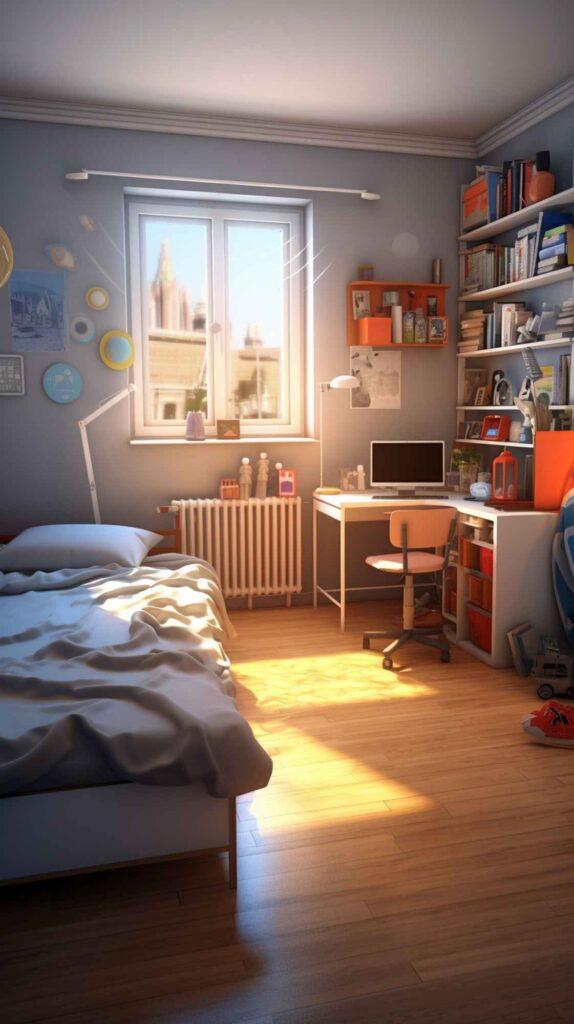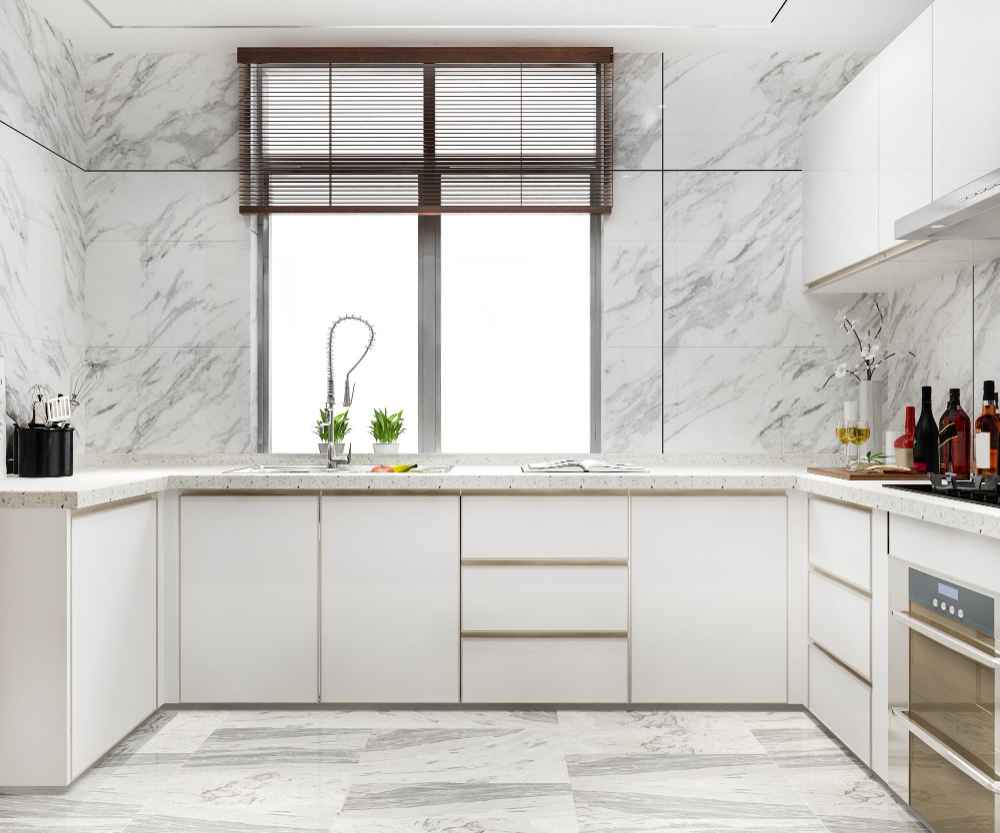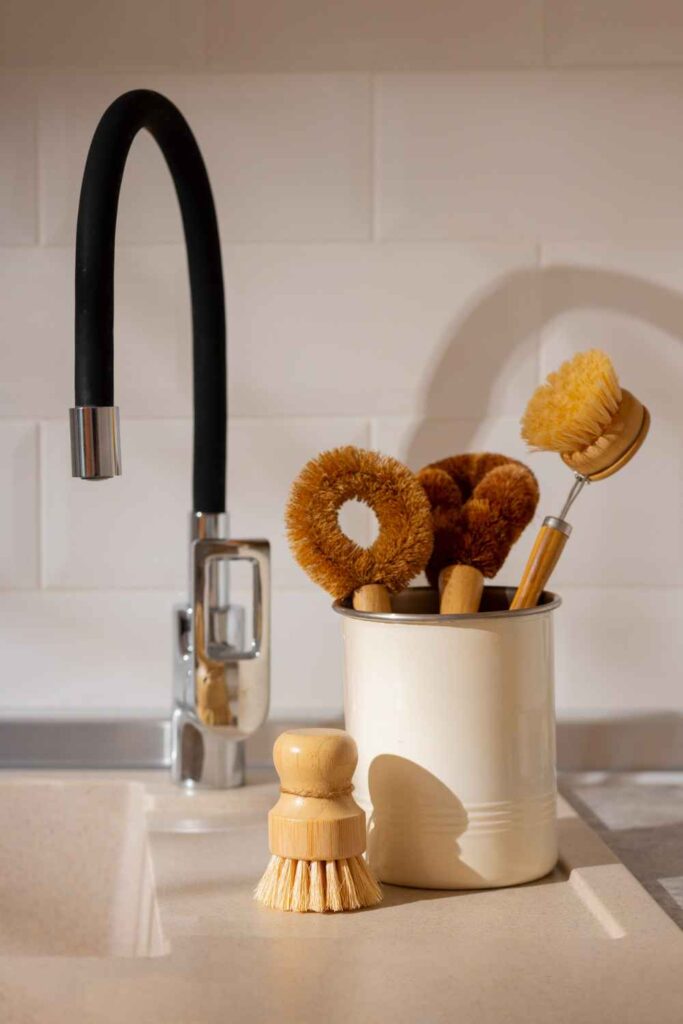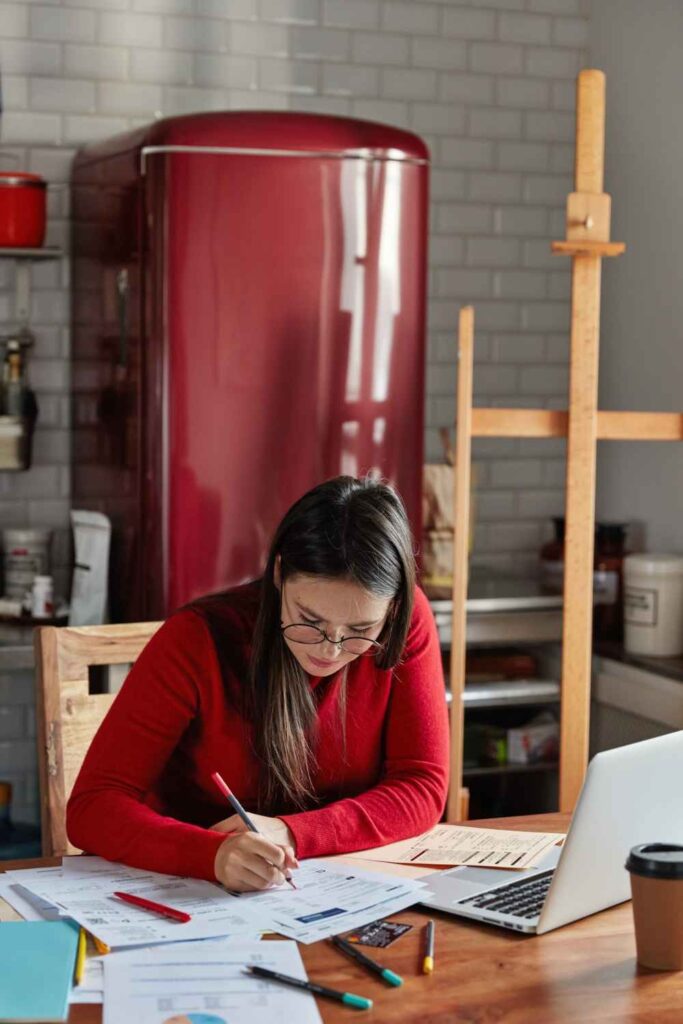Introduction
Peel and stick tiles have emerged as a popular choice for bathroom renovations due to their affordability, ease of installation, and versatility. These self-adhesive tiles can transform a bathroom space without the need for professional installation or extensive remodeling. This article explores the benefits, installation process, and considerations for using peel and stick tiles in bathrooms.
Benefits of Peel and Stick Tiles
Cost-Effective Solution
Peel and stick tiles are generally more affordable than traditional tiles. They eliminate the need for grout and adhesive, reducing both material costs and labor expenses.
Easy Installation
The primary advantage of peel and stick tiles is their straightforward installation process. Homeowners can often complete the project themselves with minimal tools. The tiles come with a pre-applied adhesive backing, allowing them to be easily positioned and pressed into place without the mess associated with traditional tiling methods[1][3].
Variety of Designs
These tiles are available in a wide range of styles, colors, and patterns, including options that mimic the look of ceramic, stone, or even wood. This variety allows homeowners to customize their bathroom aesthetics easily[2][5].
Water Resistance
Many peel and stick tiles are designed to be water-resistant, making them suitable for bathrooms where moisture is prevalent. This feature helps prevent mold growth and damage over time[3][6].
Installation Process
Preparation
Before installation, ensure that the surface is clean, dry, and smooth. Remove any old flooring or debris that may interfere with adhesion. If installing over existing tile or linoleum, ensure these surfaces are intact without cracks or peeling[2][4].
Acclimation
Allow the peel and stick tiles to acclimate to room temperature for at least 48 hours before installation. This step helps ensure better adhesion once applied[2].
Cutting Tiles
Use sharp utility scissors to cut the tiles as needed, especially around fixtures like toilets or bathtubs. Precise measurements and careful cutting will yield a professional-looking finish[2][4].
Laying Tiles
Start laying the tiles from one corner of the room, removing the backing as you go. Press firmly to ensure good adhesion. Avoid touching the adhesive side with your fingers to maintain its stickiness[1][2]. For best results, align the edges carefully to minimize visible seams.
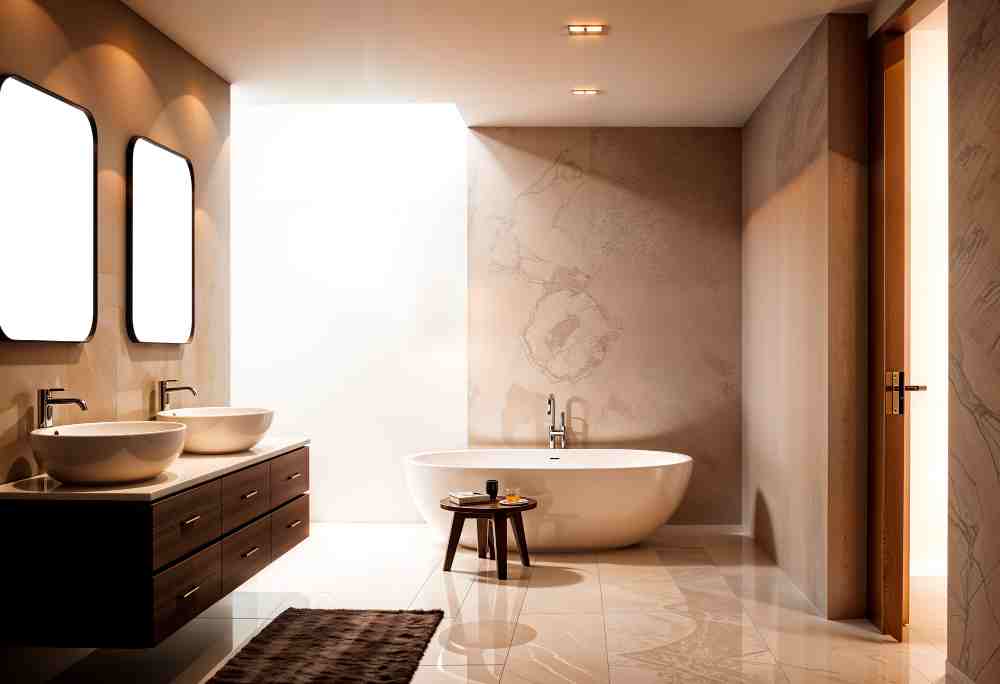
Considerations
Durability and Longevity
While peel and stick tiles can be durable, they may not last as long as traditional ceramic or porcelain tiles in high-traffic areas. Some users report that they can peel over time if not properly installed or if exposed to excessive moisture[1][7].
Maintenance
Cleaning peel and stick tiles is generally easy; however, harsh chemicals should be avoided as they may damage the adhesive backing. Regular sweeping and mopping with gentle cleaners will help maintain their appearance[1][3].
Removal and Replacement
If you decide to change your bathroom design in the future, peel and stick tiles can be removed relatively easily. However, caution should be taken to avoid damaging underlying surfaces during removal[7].
Conclusion
Peel and stick tiles offer a practical solution for homeowners looking to update their bathroom spaces without significant investment or effort. With various designs available and a simple installation process, these tiles can provide an attractive finish while being functional in a moisture-rich environment. By considering durability and proper maintenance practices, homeowners can enjoy a refreshed bathroom look that stands up to everyday use.
Check Out More Unique Bathroom Styles!

